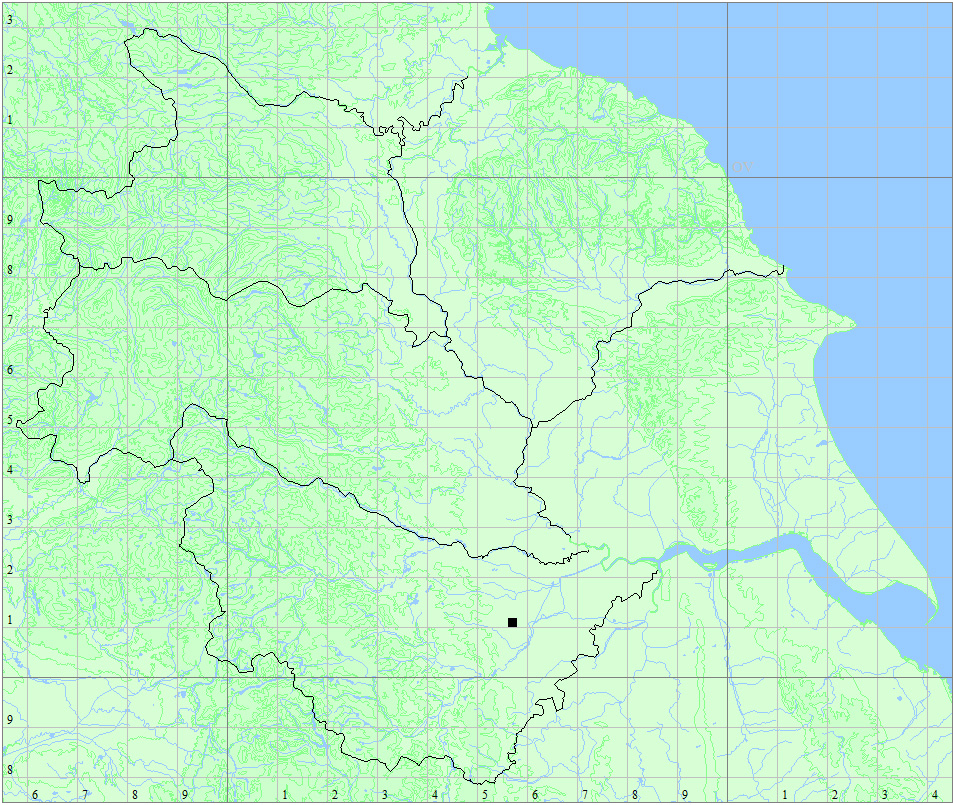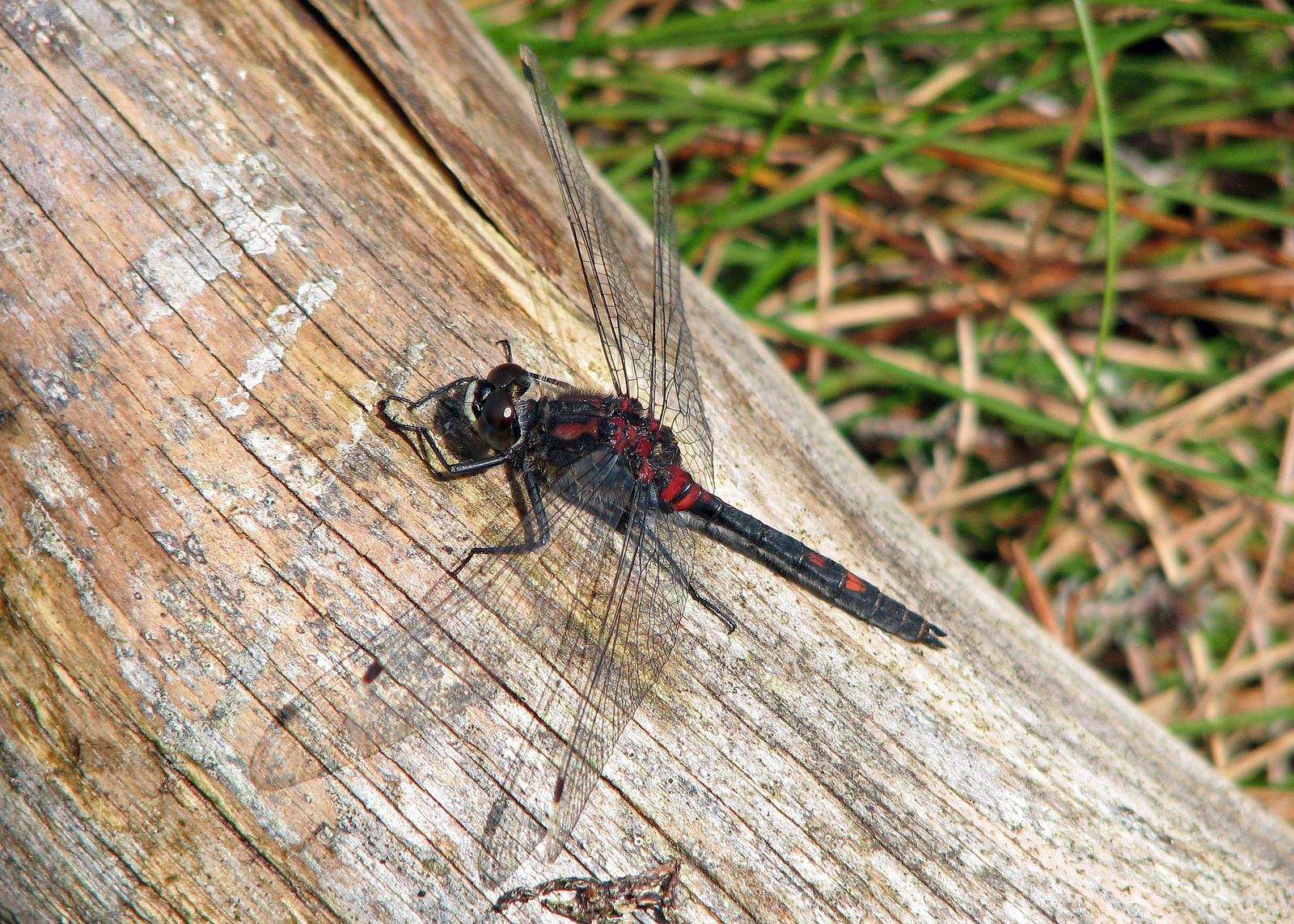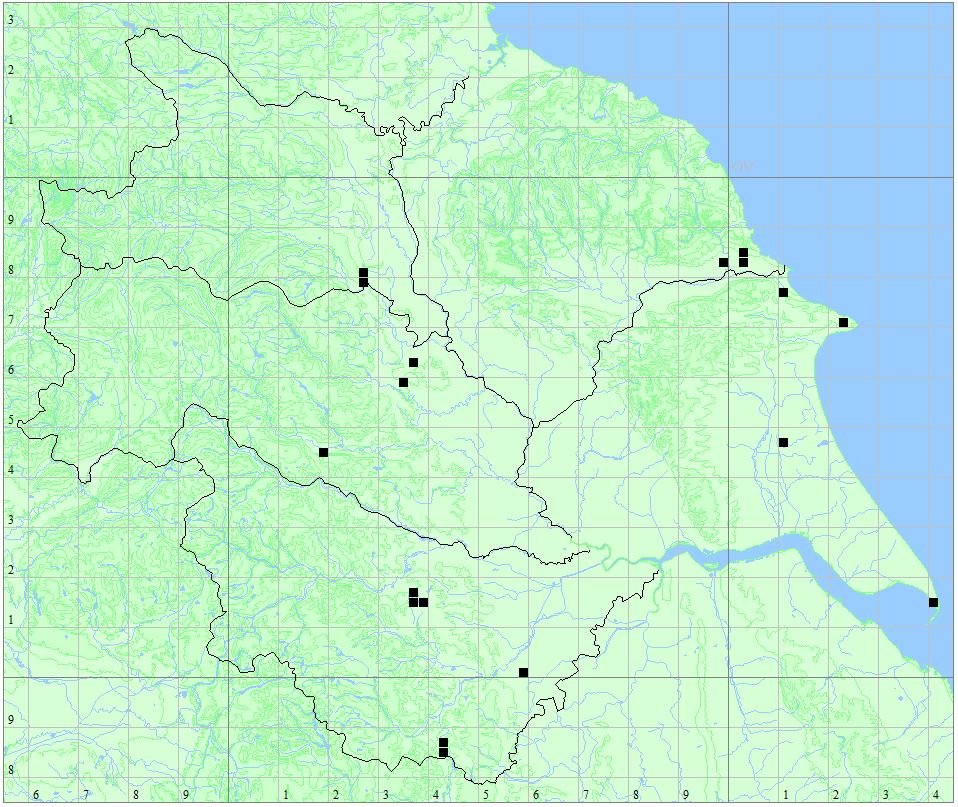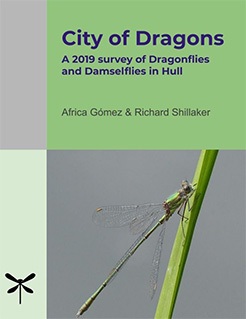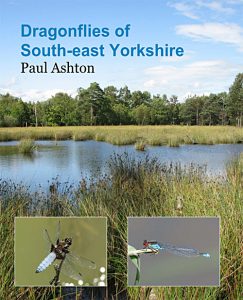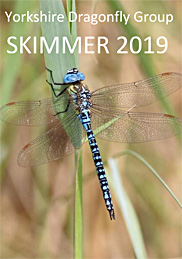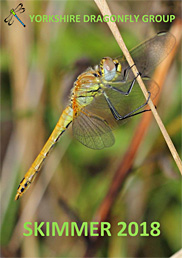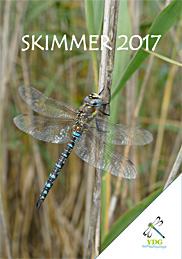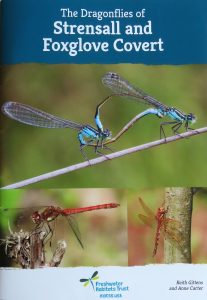For full information on this Dragonfly Hotspot visit the Rodley Nature Reserve website.
Species List
- Banded Demoiselle Calopteryx splendens
- Emerald Damselfly Lestes sponsa
- Large Red Damselfly Pyrrhosoma nymphula
- Blue-tailed Damselfly Ischnura elegans
- Azure Damselfly Coenagrion puella
- Common Blue Damselfly Enallagma cyathigerum
- Common Hawker Aeshna juncea
- Migrant Hawker Aeshna mixta
- Southern Hawker Aeshna cyanea
- Brown Hawker Aeshna grandis
- Emperor Dragonfly Anax imperator
- Four-spotted Chaser Libellula quadrimaculata
- Broad-bodied Chaser Libellula depressa
- Black-tailed Skimmer Orthetrum cancellatum
- Common Darter Sympetrum striolatum
- Ruddy Darter Sympetrum sanguineum
